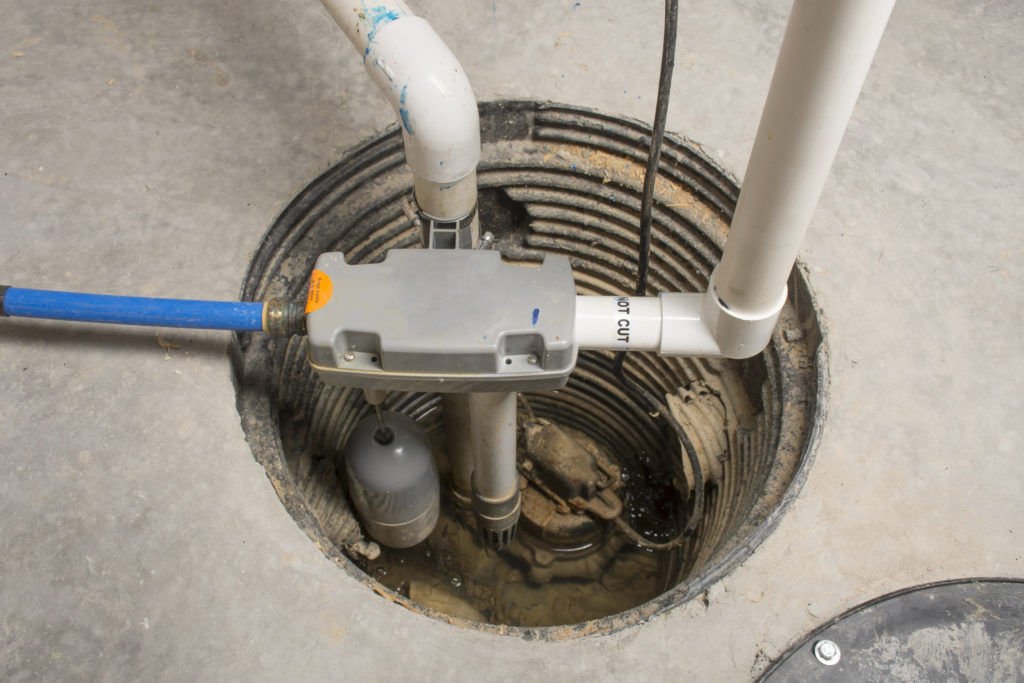Sump pumps can be the difference between expensive repairs from water damage (flooding) or a dry basement. Spring is always a good time to put in place your yearly check and maintenance of your sump pump while you also are working on seasonal chores. It is also a good idea to be prepared to prevent loss and damages due to water, especially as we move into a rainier time of year. Keeping your sump pump in good working order does not take too much effort, and is well worth the reward of not having a flood on your hands! (You can think of a sump pump working as a great insurance policy, you are going to want it to work 100% of the time you need it; even when it is sitting idle for a period of time.)
Here are a few seasonal (or yearly) tips for taking care of your sump pump and to be sure it is in proper working condition:
Turn off the power supply to your pump before you perform any maintenance on the motor.
- Check the power source – Be sure that your power source is connected to a ground fault circuit interrupter (GFCI) for safety.
- Do an inspection of the unit – Be sure to look for wear and tear on the cord to the pump. Also make sure the pump is sitting upright and level. As the pump runs it will vibrate from the motor with the water action, shifting and moving the float out of place.
- Test the pump – Fill the basin with water to the top, which should trigger the pump to start immediately. This is a simple check to ensure it is running normally.
- Check the grate – Take the pump out of the basin. At the bottom, look for the grate (there should be one) which may need to be cleaned. Sometimes debris can get sucked into the grate, which can compromise the system – resulting in the unit malfunctioning.
- Check the drainage pipes – Look at the pipes taking water out of the system. The joints for the pipes should be connected tightly and drain to the proper area – the main sewage line, or to a pipe extending into your yard. Make sure the drainage, if extending from your home, is far enough away from the water table (near your home) as well as the foundation. Also, be sure to identify the discharge pipe and be sure it is free from debris.
- Clean and remove the pump’s screen
- Look for an islet opening, if there is one instead of a screen, gently clean it
When you have completed your maintenance and the pump is back in place be sure to fill the basin with water, so the pump does not run on a dry start.
Consideration for the backup battery
A sump pump battery backup provides power when there is an electrical outage and fails to power the primary pump. You should check the backup battery making sure it is working and charged. It is a good idea when doing your yearly maintenance to check for the lifetime of the backup battery and sump pump with their respective replacement dates. Ideally, sump pumps should be replaced every 5 years. Monitoring this time frame will also help you estimate when to replace them to prevent failure in the future.
Sump pump maintenance does not have to be a huge burden. Putting a small effort towards ensuring it is running properly will go a very long way in preventing water damage and flooding. In the case of an accident, Lambton Mutual provides peace of mind for our customers with insurance products that take care of water damage due to flooding. Ask one of our agents or talk with your broker about what kind of protection is right for you. We hope these tips help you maintain a dry basement this spring season and all year-round.
